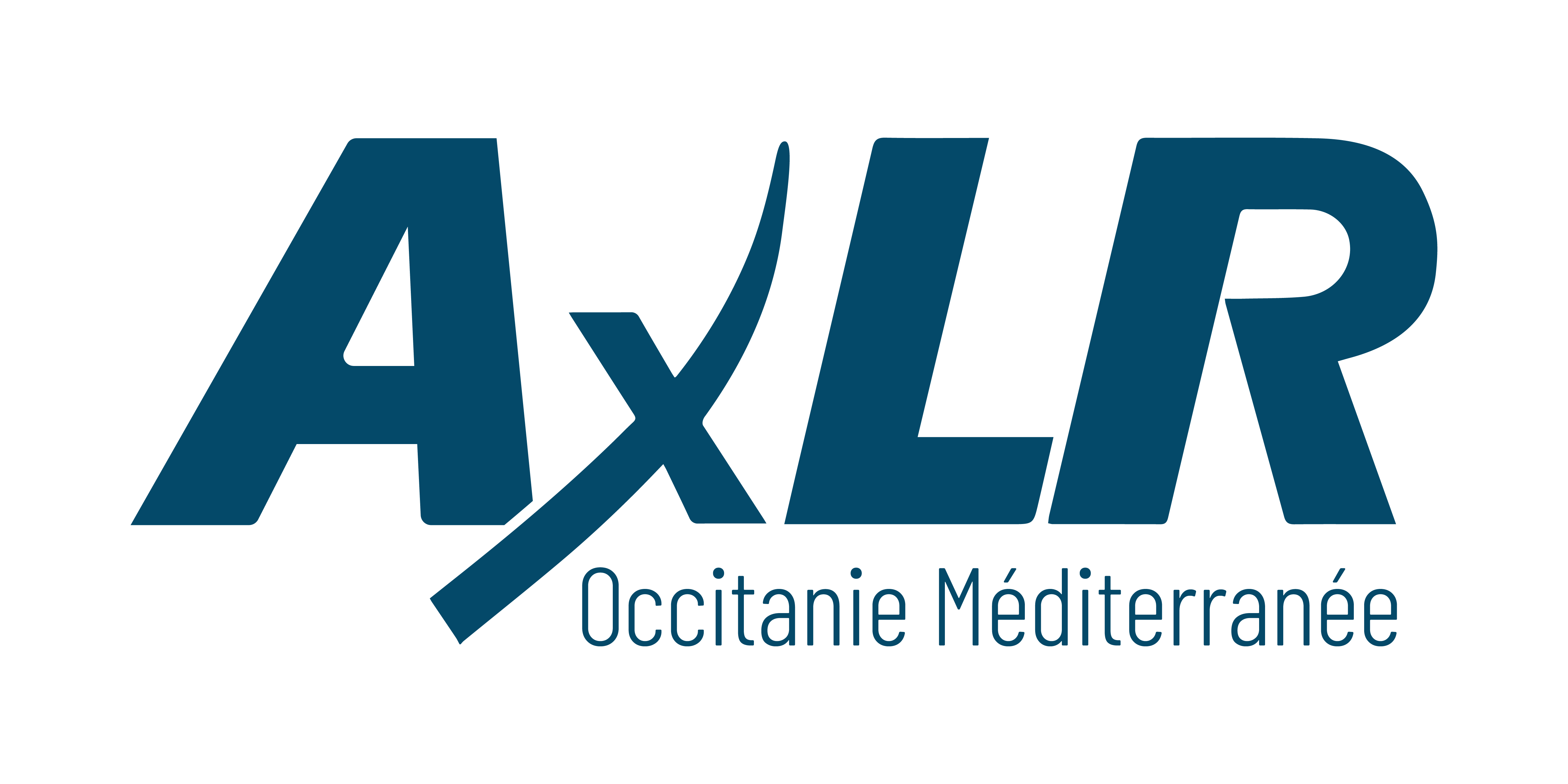HTLV-1
Novel therapeutic strategy to fight adult T-cell leukemia
Context
Adult T-cell leukemia (ATL) is a rare and very aggressive lymphoproliferative disease caused by T cells infected with the HTLV-1 virus. Among individuals infected with the HTLV-1 virus, 3 to 5% will develop ATL in adulthood after a prolonged latency of 30 to 50 years, representing about 450,000 to 750,000 patients worldwide with a distribution in endemic areas corresponding to HTLV-1 infection. The prevalence of this pathology is not clearly defined and would probably be underestimated with an increase in incidence in non-endemic areas.
The prognosis for ATL is extremely low with an average survival of a few months for the majority of cases. Current treatments for ATL have limited long-term efficacy and therefore there is a real unmet medical need for the treatment of ATL.
Benefits
The technology developed is based on innovative therapeutic small molecules capable of inhibiting the transformation and proliferation of HTLV-1-infected cells.
Applications
This new therapeutic approach would improve the effectiveness of current ATL treatments and/or propose new ATL treatments.
The technology developed could also present applications for other indications such as other pathologies associated with HTLV-1 infection (TSP/HAM myelopathy, uveitis, infectious dermatitis, myositis or polymyositis) but also more broadly in oncology.
AVAILABLE TECHNOLOGY | Rare disease – Adult T-cell Leukemia (ATL) – HTLV-1
